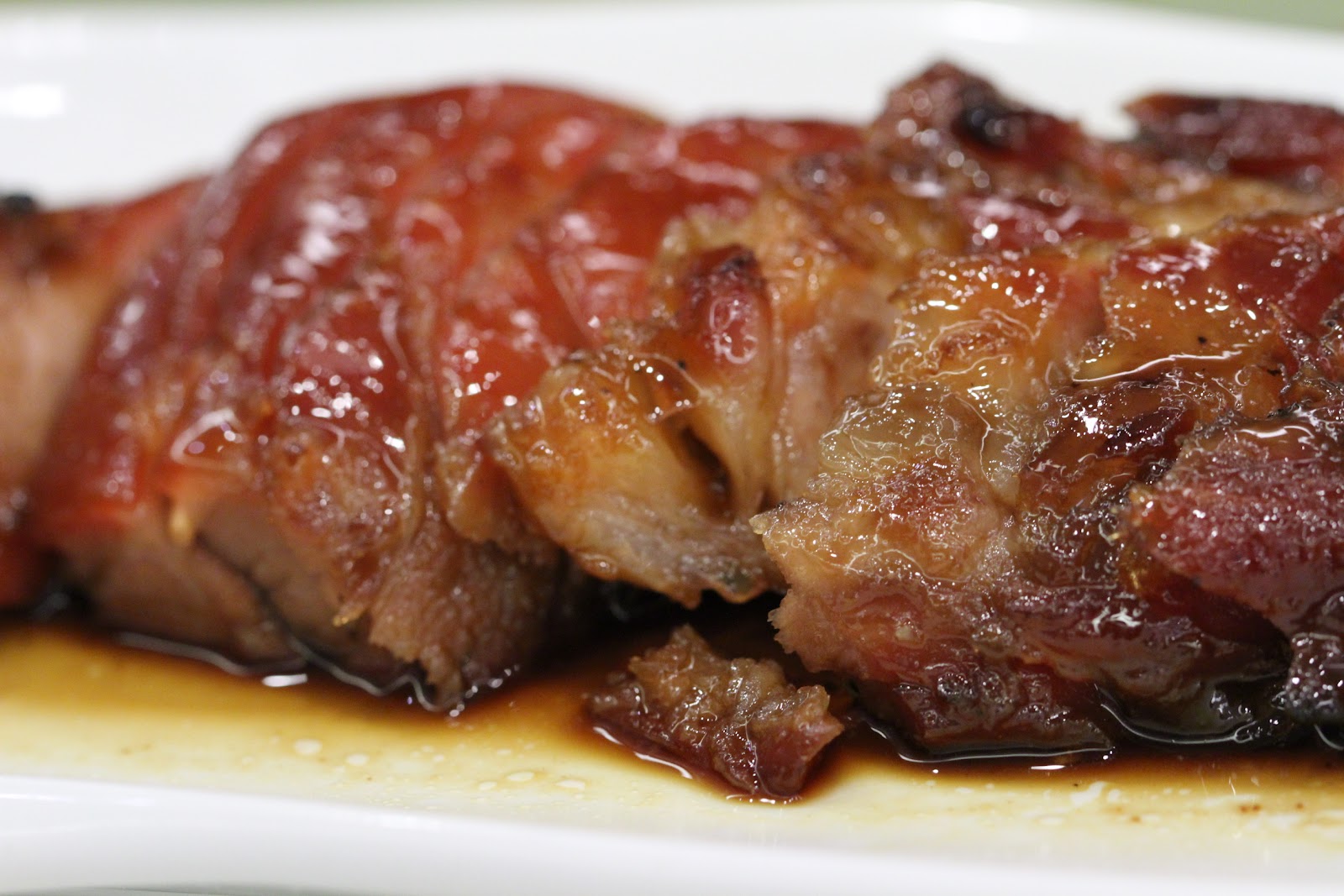Individual raw foods can be categorized as low-fat or high fat depending upon the fat content in them. However, it is not that easy when it comes to cooked food or a ready to eat meal since the total fat content in a meal also depends upon its preparation method. One ounce deep fried beef will be much more fatty as compared to one ounce steam roasted beef.
Fat in Your Diet
Fat is very common in your daily diet. The butter or margarine you spread on bread every morning, the canola oil you use to cook your dinner and the olive oil you use in your salad dressing are all pure forms of fat. One tablespoon of butter contains 11.5 grams of fat, that of olive oil contains 13.5 grams of fat, while an equal amount of canola oil has 14 grams of fat. While the fat content in all these three food items is fixed, its impact varies depending upon how you consume it. The two tablespoons of butter you use to sauté onions when preparing the entire family meal impacts you much less than the two tablespoons of butter you spread on your bread, because in the former you consume much less of it.
Animal products like dairy and meat also contain fat content in varying amounts but its concentration is very low as compared to pure fats.
Cooking Method
The way you prepare your food also plays a key role in determining the fat content present in it, and can make even healthy foods quite unhealthy. Starchy foods like potatoes and vegetables naturally have very low fat content, but frying these foods can add 2 to 13 grams of fat per 3.5 ounces of food. Similarly, unbreaded meats usually loose 2 to 30% of their fat during cooking. Moreover, the temperature of oil also contributes to the fat content. When plunged into sizzling hot oil, the food forms a crisp coating which serves as a protective barrier, preventing additional oil from being absorbed. Whereas foods cooked in cooler oil absorb a considerable amount of fat before the protective layer forms.
Solutions
Scientific studies have shown that fat is not as bad as people consider it to be, but you should be careful about the level of fat content in your food. It should not make more than 20% of your daily calories. Use only low fat or fat free dairy products and salad dressings, and use butter or margarine cautiously. Remove as much visible fat off meat as possible before cooking. Also revise your way of cooking; instead of frying, start steaming, broiling and baking your food.





No Comment